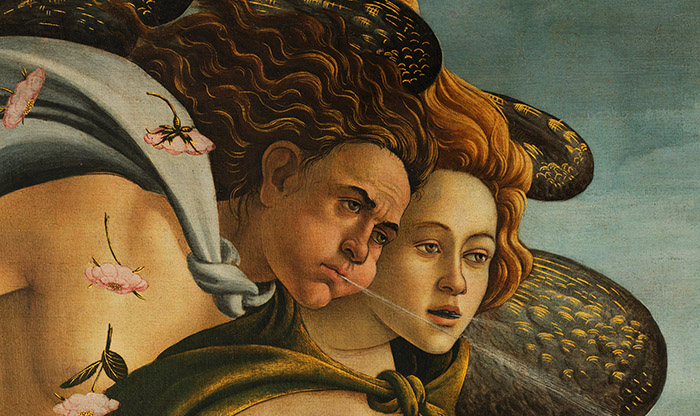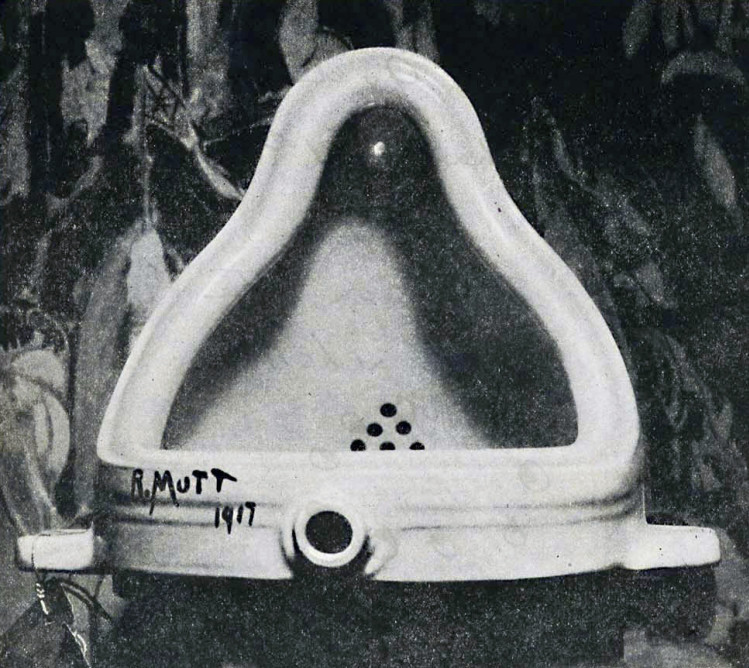
Collage was popular with Dadaists. Can you guess all the famous works included in this collage? Hint: Michelangelo, Matisse, Van Gogh, Monet, Renoir, Seurat are the artists. Images retrieved from Wikipedia.
Ok, I want you to stop, think, and ask yourself the question “What is Art?”. Now think of the variety of art throughout all of history. Does that definition still stand? Are you starting to see holes or contradictions form when you start to think of the work of Dadaists or Minimalists compared to that of the Renaissance masters?
Is art meant to be enjoyed?
Matisse created his works for businessmen to come home, relax, and view the same way we might have a Netflix show running in the background today. Others argued that art was not meant to be an ‘easy chair’ for people to relax in but an intellectually challenging pastime. So is art a passive object meant to be admired or a puzzle meant to be deciphered?
Does art take technical skill?
I think we all know of the famous Renaissance artists Michelangelo, da Vinci, Botticelli, and Raphael. They spent their lives trying to accurately capture human anatomy in paint or sculpture. For years, one of the main goals in art was to accurately capture the life around them.

A detail from Botticelli’s ‘Birth of Venus’. Look at that detail! Image retrieved from Google’s Art Project.
Once pictures were able to capture life with perfect accuracy, artist’s job as human cameras were no longer needed. Why try to create what could already be captured? This resulted in an explosion of abstract and non-representational art. Not all alternative art styles were immediately recognized as art but through the lens of art history they are rediscovered. Artists like Picasso decided to pioneer the cubism movement where human forms were broken down into geometric shapes. Picasso’s works were still carefully composed but later artists would make art out of preexisting objects requiring no skill to produce. If art does not require skill, is it still art?
Does art require intent?
Can art be art even when it wasn’t meant to be art? Handmade quilts of the 19th and 20th century now go for thousands of dollars at auction yet their makers were simply making them for functional uses. Even if they weren’t meant to be art, can they now be considered art?
Does art have to be created by the artist?
In 1917, Dada artist Marcel Duchamp decided to conduct an experiment. He had fallen in with a group of artists in a small bohemian ghetto in NYC and he was invited to be a juror on their latest show. The tagline of the show was that any artist who paid six dollars could submit and display ANY work of art. Duchamp decided to test this by submitting an overturned urinal under the pseudonym R. Mutt. The artist group had the piece of artwork disappear. Duchamp called them out on it, and thus began a large fuss in a small subculture. His fellow artists called it immoral and plagiarism. Well, he did buy it at a local plumbing store, and argued that it wasn’t immoral as the same fixture could be seen in public store’s window. Duchamp didn’t create the urinal, nor did he change it significantly. Dada enthusiastically called his pieces ‘ready-mades’. Is this considered art or plagiarism? Perhaps there is no decent answer to this, as this debate still continues today.
Does art have to have a meaning?
Jackson Pollock’s subject is his paint and is background is the canvas. Some would argue that Pollock’s work is the random movements of a drunkard, others think his paint splatter canvases are finely tuned works of rhythm. It has no clear meaning and is essentially a bunch of paint splatters on a canvas. There is no meaning and certainly no deeper meaning yet Pollock is considered one of the most prominent artists of the 20th century. Even though his work is just paint splatters, is it still considered art?
I would like to thank my art history professor Professor Williamson as his lectures and my classmate’s discussions inspired this post.
So has your opinion on the definition of art changed at all? Have you come up with a definition or are you stumped on the definition of art? Tell me what you think in the comments below.




Sorry, the comment form is closed at this time.